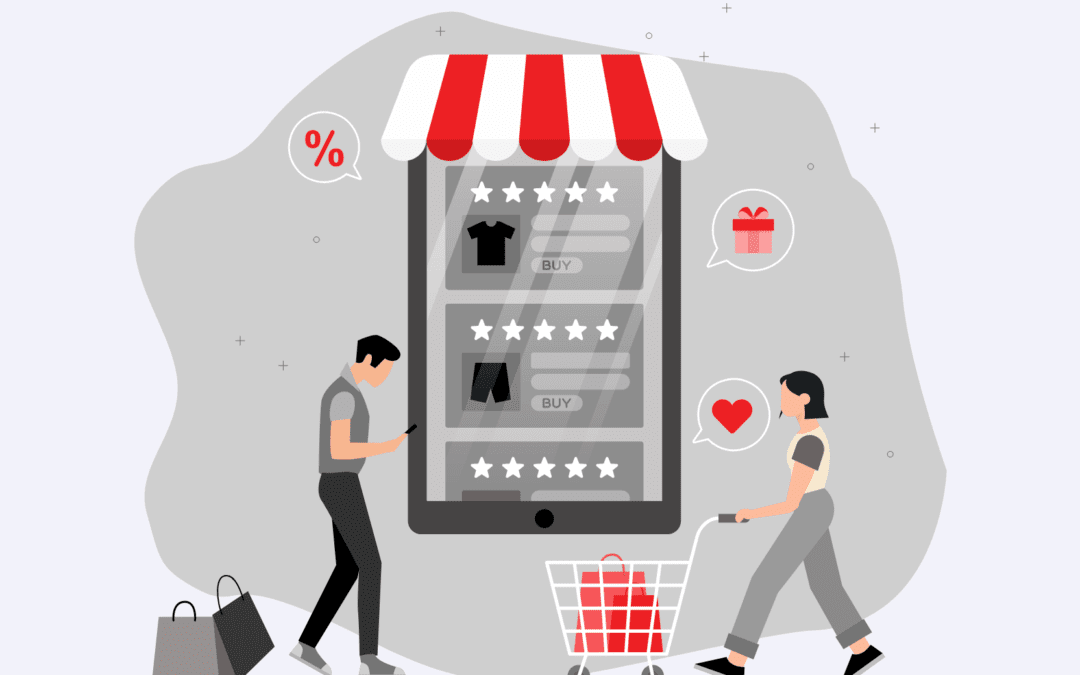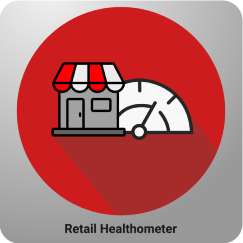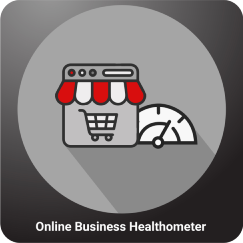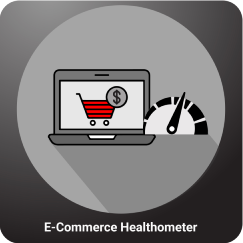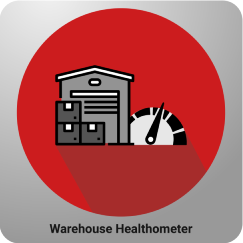“Getting more organic traffic to your online retail store is tough. However, that doesn’t mean it’s impossible. From product descriptions, external links to blog posts and infographics, you have lots of opportunities to put your business on the map,” – Neil Patel, Marketing Guru
E-commerce retail is a flourishing business. Commencing with an e-commerce business is hard and demands to make the right decisions and taking the right steps at the right time. It’s also true that now is the best time to be in the e-commerce business. Statistics show that 40% of worldwide internet users have purchased products/goods online from e-commerce businesses or stores.
More consumers are looking to shop online for a seamless retail experience. Buying from the smaller screen is becoming more prominent by the day, on account of better mobile networks. A digital marketing strategy represents an opportunity no other business model can replicate.
As per Forrester, online sales from e-commerce platforms are set to rise at the rate of 9.32% yearly over the next five years. US customer spending is poised to reach USD 523 billion by 2020. Customers browsing e-commerce businesses and stores or buying online are poised to hit 270 million, according to Forrester, and this is mainly smartphone-driven.
Honing an e-commerce strategy in modern times is profitable. However, building a successful e-commerce business is hard. Many online companies are well established are involved in the expansion. So, the focus is on building the brand and taking care of business aspects.
While earning a lucrative income from e-commerce platform brands is profitable, it is tough to market products without planning. Differentiating yourself from a host of e-commerce businesses that sell the same products and use the same channel is of critical importance.
Building a strong e-commerce brand is all about boosting customer experience. Building a loyal audience that connects with you emotionally for your online business is essential. Here are the steps to setting up a profitable e-commerce brand.
Steps to set up an E-commerce Brand:
1. Product Sourcing or Manufacturing
A first step to building an e-commerce business is product sourcing or manufacturing. You need to know about the products you want to sell. Often, product selection & sourcing is considered the most challenging aspect of starting a new business. From selecting a product to evaluating and validating the market, sourcing inventory, online storefront, marketing, and fulfillment, a lot needs to be studied. Online business advise is crucial at this point.
A big hurdle for e-commerce entrepreneurs starting their online business is figuring out which products to sell online. To indeed find products, niches or even industries audiences are passionate about is the key. Following market trends is a great way to get an idea of the direction consumers are headed. Product reviews and discovery sites can also serve to create compelling designs and inspire. Understanding the difference between service-based, software, digital product, and physical product sales are just a start.
Before deciding what to sell, considering the different e-commerce business models is crucial. From drop-shipping to warehousing, the investment up front and the work involved should determine the type of product you select, as well. Check for subscriptions, where the set of products or single products curated are delivered at regular intervals to customers.
An e-commerce business model that attracts lasting profits is the key. Study marketing and branding costs involved, too. Choose competitive products. Picking an overcrowded niche is not desirable. The more specific you are about your plan, the less competition is faced. Working with businesses in niches to cross-promote and grow your clientele becomes simpler. After coming up with a strong product idea, the next step is to figure out where and how one is going to obtain the products.
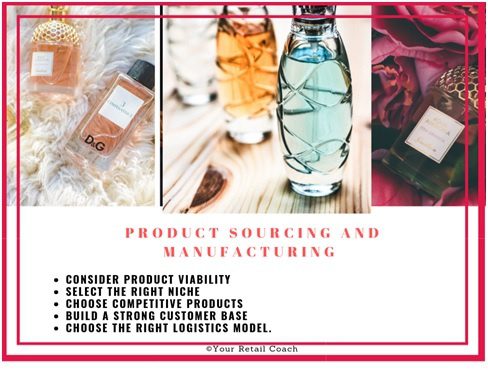
2. Project Feasibility:
For further evolution of a product idea, and its validation or capital investment, a project feasibility report is crucial. If you’ve found your product, evaluated its potential and sourced suppliers, you need to then focus on a project feasibility report, and move ahead with your business plan.
Thoroughly research the competition and your idea’s true potential to learn more about how you can differentiate your business. With competitive research completed, a feasibility report also helps you to come up with an effective business plan. The business plan is a roadmap for bringing thoughts and ideas together. A feasibility report helps in determining how to prioritize and effectively reach new customers.
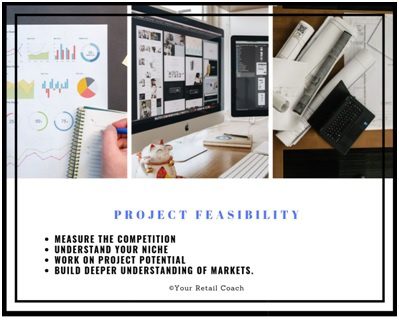
3. Marketing & Branding
Marketing and branding tactics serve to drive traffic and convert traffic to sales. Whether it’s email or social media marketing, optimizing campaigns for high conversion and plugging leaks in conversion funnels is the key to driving more sales and revenue with targeted marketing strategies. Building an e-commerce business is challenging and exciting. There’s a lot to learn about choosing products, evaluating the viability, and developing online stores for marketing and selling to customers.
Brand building is about creating a meaningful and emotional connect with audiences in ways that optimize conversion. Goal-oriented marketing and brand-building are the keys to a successful e-commerce business. Apart from finding the right product to sell online, or marketing it well, determining the business and brand name to grow online visibility is incredibly essential. Creating a memorable brand is about building a stellar reputation.
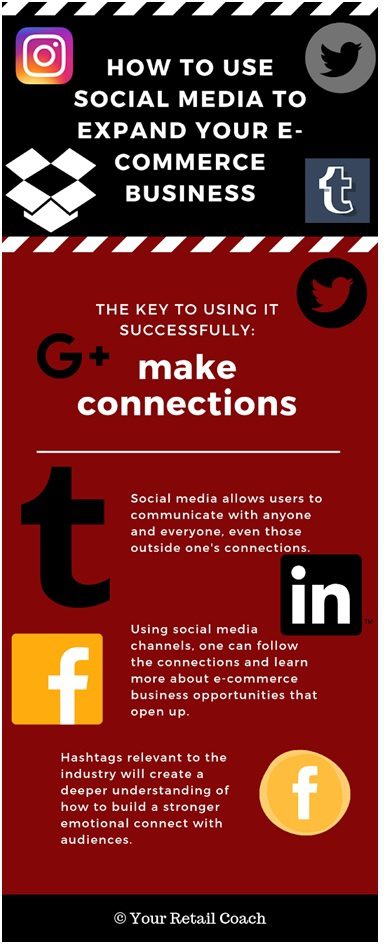
4. Webstore and other supporting IT Infra set up
For a successful e-commerce store, optimal SEO techniques should be used. With a better understanding of search engines, building a store becomes easier. Many crucial elements are there to consider. High converting products, captivating pages, and descriptions and high-resolution product photography are some ways to stand out.
An ideal way to reach customers is to build your store with all the features clients are likely to need, from basic to advanced. So, from filtering and sorting capabilities to choosing the right channels based on products and target customers, there are many options to consider while complimenting self-hosted stores.
If one needs to strike the right note with customers, the key is a flawless web store with all the right features and functionalities. Solving a unique problem in the market in a distinctive way sets leading e-commerce stores apart from competitors lagging. Otherwise, customers lose connections. For example, the average e-commerce sites only get 500 fans on Facebook, in a study of 18,000 e-commerce stores by Yotpo.
Garnering Likes on social networks is not just a vanity metric, but a measure of social media connect. In the absence of a USP or unique selling proposition, it is impossible to gain the right customers or followers.
Compelling differentiation is the key to making a secure emotional connection with target audiences on e-commerce platforms. If customers can associate with web stores which are intuitively designed to solve their problems, your message will resonate with them. If a brand image is built around a strong word, it won’t just be about selling products.
Inconsistency in your virtual e-commerce storefront messaging, your content or your social network presence can dent you. Once the message is crafted, it is essential to be consistent. Your website design should follow brand guidelines. This means the website, merchandise, marketing emails, social network messages, and ads should reflect the brand’s personality.
For this, store design should focus on consistent color palettes. The focus should be on a customer experience memorable for all the right reasons. From the about us page to the tagline, everything matters. Besides this, there will also be integration of many business apps to enhance the customer experience.
For an e-commerce website, CRM apps like HubSpot serve to build a relationship marketing approach critical for business growth. Online payment management modules and virtual PBX for customer calls, inventory management apps, etc. complete the lineup.
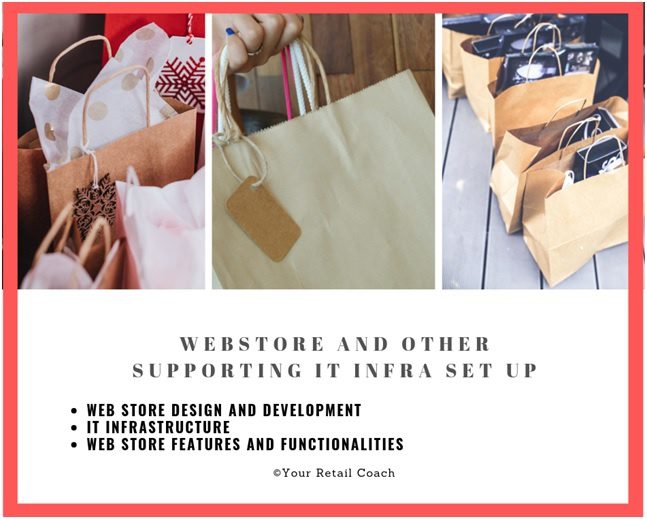
5. Team Recruitment & Training
Team recruitment and practice form the next crucial step for setting up an online e-commerce business. Once sales teams, marketing experts, and customer service experts are hired, a culture that reflects the vision and brand personality must prevail. All employees need to be trained to be clear and consistent in their communication with customers, and reporting to superiors or responding to subordinates.
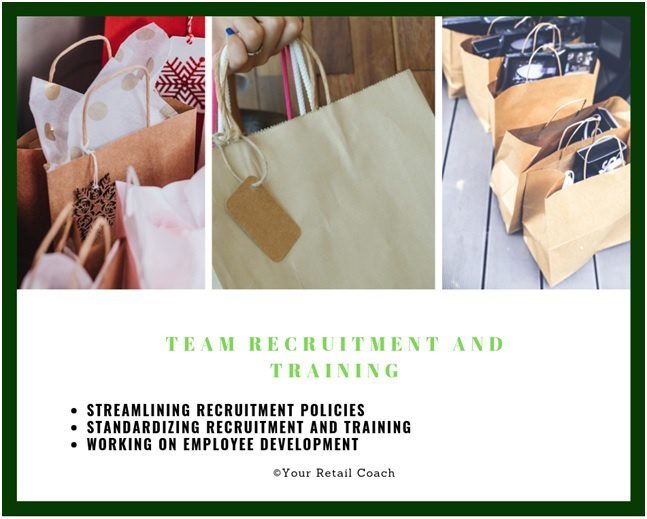
6. SOPs:
In an e-commerce service, SOPs are essential. Deliver excellent service standards by drafting detailed SOPs. For this, an e-commerce expert is a must. A reputed e-commerce consulting services provider can ensure that your operations and strategies are standardized and streamlined to meet market expectations.
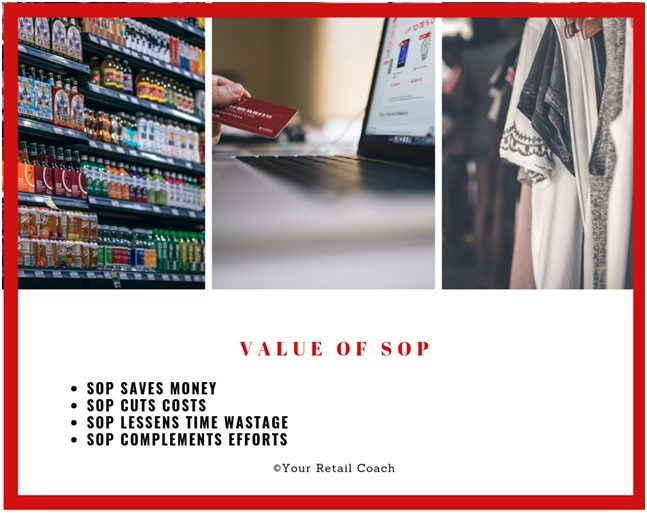
7. Supply Chain & Logistics
Putting together a business idea is only part of the process of building your business. Supply chain and logistics management form an equally crucial aspect of acquiring the products you are selling. When it comes to buying new products, several options are available. For purchasing product and inventory, e-commerce retailers can turn to manufacture, wholesale, or drop shipping models, depending on their growth goals and business objectives. Making the right choice for the business is essential, and for this, one has to rely on the product, market, and niche. Sourcing domestically or from overseas all impact cost, quality, upfront investment, and marketing appeal.
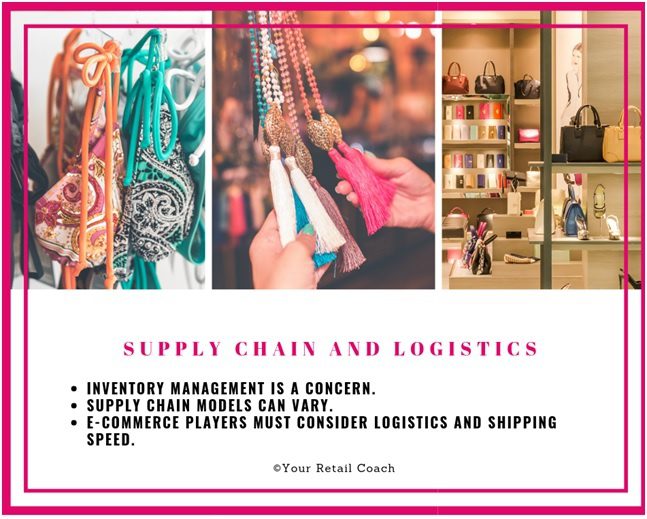
8. Pre-launch preparation
As you prepare for the launch of a new business, shipping and fulfillment elements need to be considered. Define KPIs upfront, so once it launches, there are many measures of success for tracking. Your pre-launch checklist must find a powerful brand identity, a correct name, a sleek online store, stunning e-commerce features, telling a story audiences can relate to and highlighting the contact, and relevant details.
9. Launch your online business
Once the business launches, marketing campaigns intensify, and the purpose is driving targeted traffic. A variety of marketing tactics can help in the first months. Starting an ecommerce business is all about making growth goals achievable for the effective launch of your e-commerce business. Your Retail Coach can help in transforming business strategies into reality. Completing many projects successfully, YRC is a company led by e-commerce specialists, strategists, and teams comprising industry leading experts.
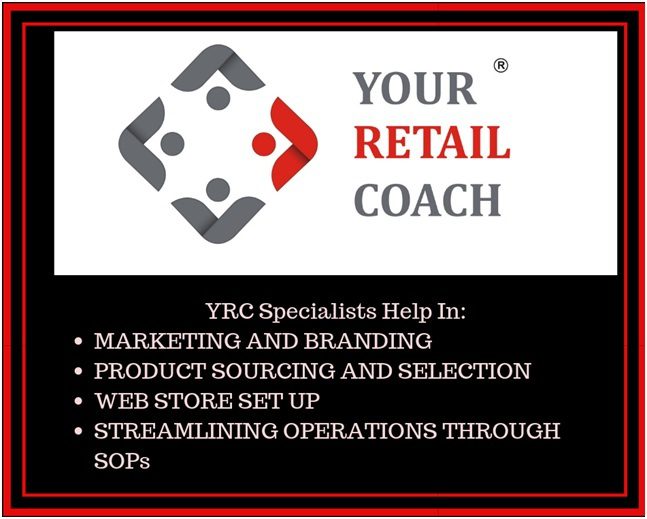
YourRetailCoach provides SOP, Market Research and Business Plan consulting. To connect, you can drop a mail at [email protected] or call at +91-9860-426-700.
YRC Related Articles: How to Write SOPs for Marketing?, 6 Ways To Grow Your Business, How to Start a Retail Business in India, Business Expansion Plan for Small Entrepreneurs, Six Steps to Writing a Great SOP for Retail, How to write SOPs for an Apparel Brand?, How to Develop SOPs for Quick Service Restaurant?, How to write SOPs for Furniture Showroom


